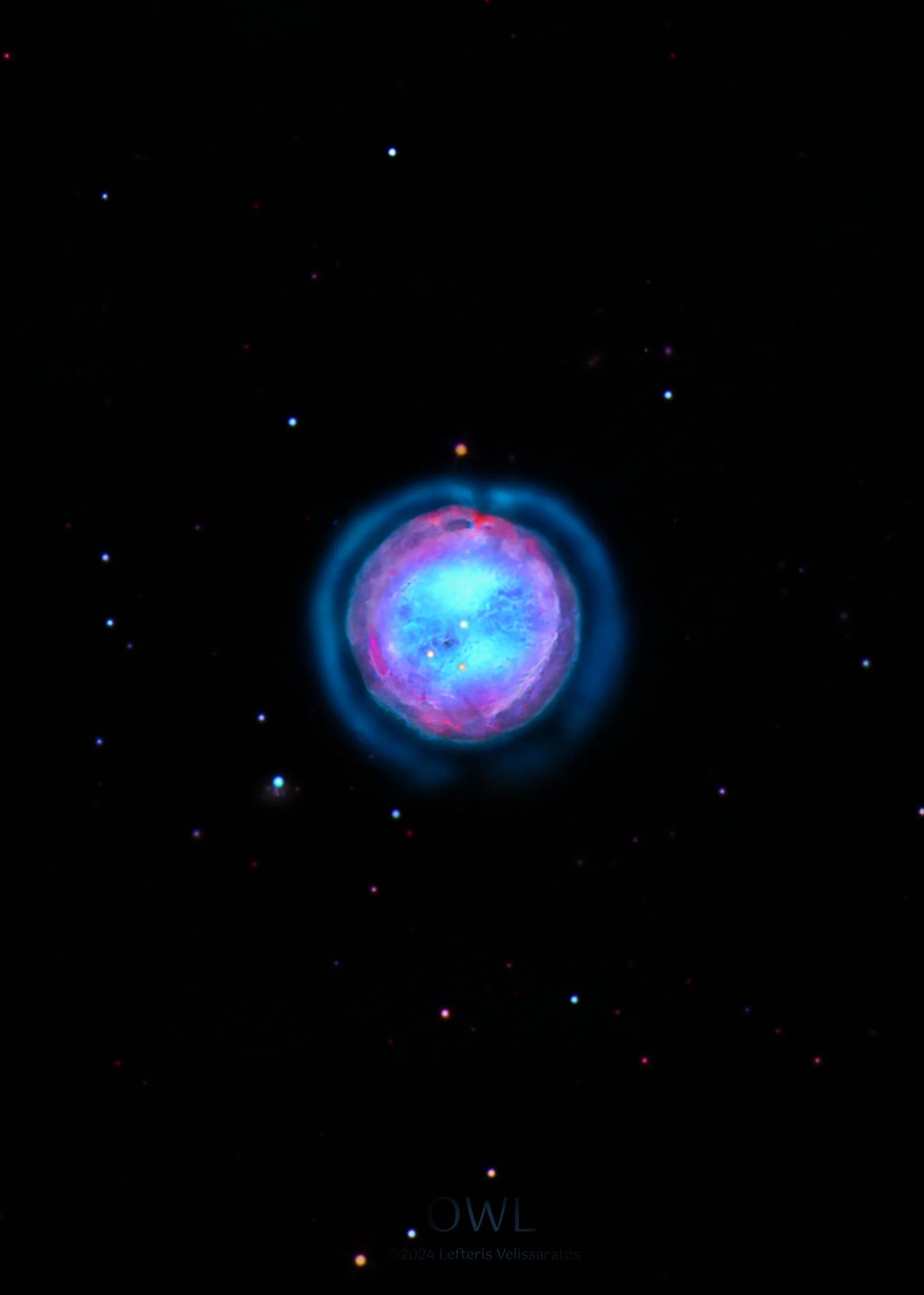
AAPOD2 Image Archives
X marks the spot ( NGC5907)
NGC 5907, also known as the Splinter Galaxy or the Knife Edge Galaxy, is a spiral galaxy located approximately 50 million light-years away in the constellation Draco. Its striking edge-on orientation reveals a thin, elongated profile, which makes it a prime example of a warped disk galaxy. NGC 5907's disk shows minimal bulging at the center, which adds to its thin, knife-like appearance.
An intriguing feature of NGC 5907 is the faint, extended tidal stream that forms an "X" shape around the galaxy. This stellar stream is a remnant of a past interaction or merger with a smaller galaxy, providing crucial insights into the galaxy's evolutionary history. Observations of NGC 5907 also reveal a low surface brightness dwarf galaxy companion, which might be contributing to its tidal features. The "X marks the spot" structure around NGC 5907 offers a fascinating glimpse into the complex gravitational interactions and mergers that shape galaxies over time.
The OWL Extended Version
The Owl Nebula, also known as Messier 97 (M97), is a captivating planetary nebula located in the constellation Ursa Major, approximately 2,030 light-years from Earth. Named for its resemblance to an owl's face, with two dark circular features resembling eyes, M97 is one of the more complex and studied planetary nebulae. This nebula represents the final stages of a star similar in mass to our Sun, which has expelled its outer layers, leaving behind a hot, dense white dwarf at its center.
M97 spans about 3.4 light-years in diameter and is notable for its intricate structure and varying emission lines, which provide insights into the composition and dynamics of the ejected material. The "eyes" of the Owl Nebula are believed to be regions with less dense gas, allowing us to see deeper into the nebula. Observations in various wavelengths, including optical and infrared, have revealed details about the chemical abundances and physical conditions within M97, offering valuable clues about the processes involved in the late evolutionary stages of stars.


